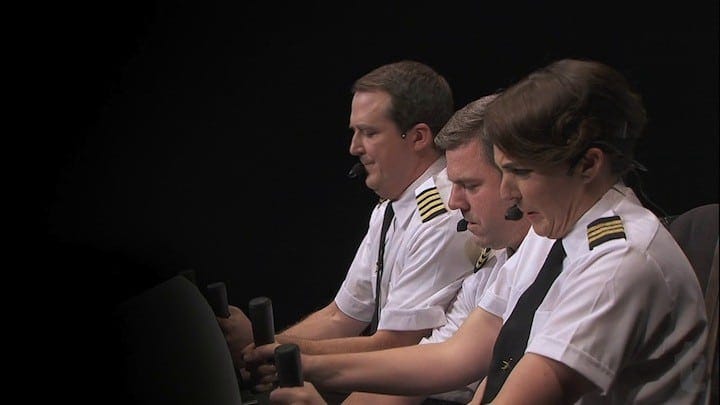AFI Fest 2013: ‘Charlie Victor Romeo’ Review
Written by Dan Schindel
The airline industry should be thankful that Charlie Victor Romeo will likely never be seen by anyone besides the art house crowd. Were the documentary to somehow become popular, it could do to air travel what Jaws did to beach-going and the public perception of sharks. When we fly, we do our best to sit back, relax, try not to think about the fact that…
Keep reading with a 7-day free trial
Subscribe to Nonfics to keep reading this post and get 7 days of free access to the full post archives.

